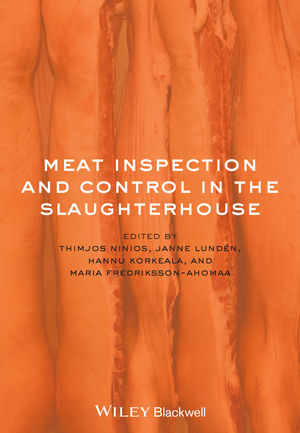Fight for Food Safety
Should you be using whole genome sequencing in your food facility?
WGS enhances detection accuracy for pathogens.

Opening image credit: GettyImages / MicrovOne / iStock / Getty Images Plus
Whole Genome Sequencing (“WGS”) is an advanced molecular technique that decodes the DNA sequence of an organism's genome. Its application in food safety, and particularly as part of environmental monitoring programs, offers substantial benefits but also comes with notable risks.
The benefits of using WGS include enhanced detection accuracy for pathogens. Traditional DNA Typing methods, such as Ribotyping and Pulse Field Gel Electrophoresis, often fail to accurately differentiate between closely related strains. WGS, however, is far more precise, allowing food companies to track contamination sources with far greater absolute accuracy. When used as part of more sophisticated environmental or food ingredient or product testing programs, WGS can be used to generate extensive data over time that can be stored and analyzed for future reference. This data can help build a robust database of pathogens, facilitating more efficient identification and response strategies. It also aids in understanding the evolution of pathogens, as well as their movements and source.
The use of WGS can also help food companies meet stringent regulatory requirements and demonstrate a proactive approach to food safety. This commitment can enhance the company’s reputation, fostering consumer trust and potentially providing a competitive market advantage. In many cases, however, if a company wants to use WGS but also protect the information from any disclosure to regulators or otherwise, we often use the attorney-client privilege to shield and protect the information.
There are difficulties and risks associated with openly using WGS. The initial investment in WGS technology, can be substantial. Small to medium-sized enterprises might find these costs prohibitive, which could ultimately limit the widespread adoption of WGS in the food industry.
There are also certain privacy and data security concerns. By its very nature, WGS data can contain extremely sensitive information that could be misused if not properly secured. Food companies must thus implement stringent data security measures to protect this information.
And, there are nevertheless regulatory concerns if the WGS data that is being collected ultimately establishes that a food facility has a problem with a resident organism that it cannot eliminate. Because the use of WGS in food safety is still relatively new, the regulatory frameworks for using and interpreting the data, and basing enforcement decisions on that data, is still evolving. So, we will need to wait on the regulatory agencies to provide guidance on what that ultimate framework may eventually look like.
There is no doubt that WGS holds significant promise for enhancing food safety through improved detection, outbreak investigation, and comprehensive data generation. However, the technology also presents challenges, including high costs, data protection considerations, and regulatory uncertainties. Food companies should consider weighing all the risks and benefits to determine if WGS is a viable (or, non-viable) addition to their monitoring programs.
Looking for a reprint of this article?
From high-res PDFs to custom plaques, order your copy today!









